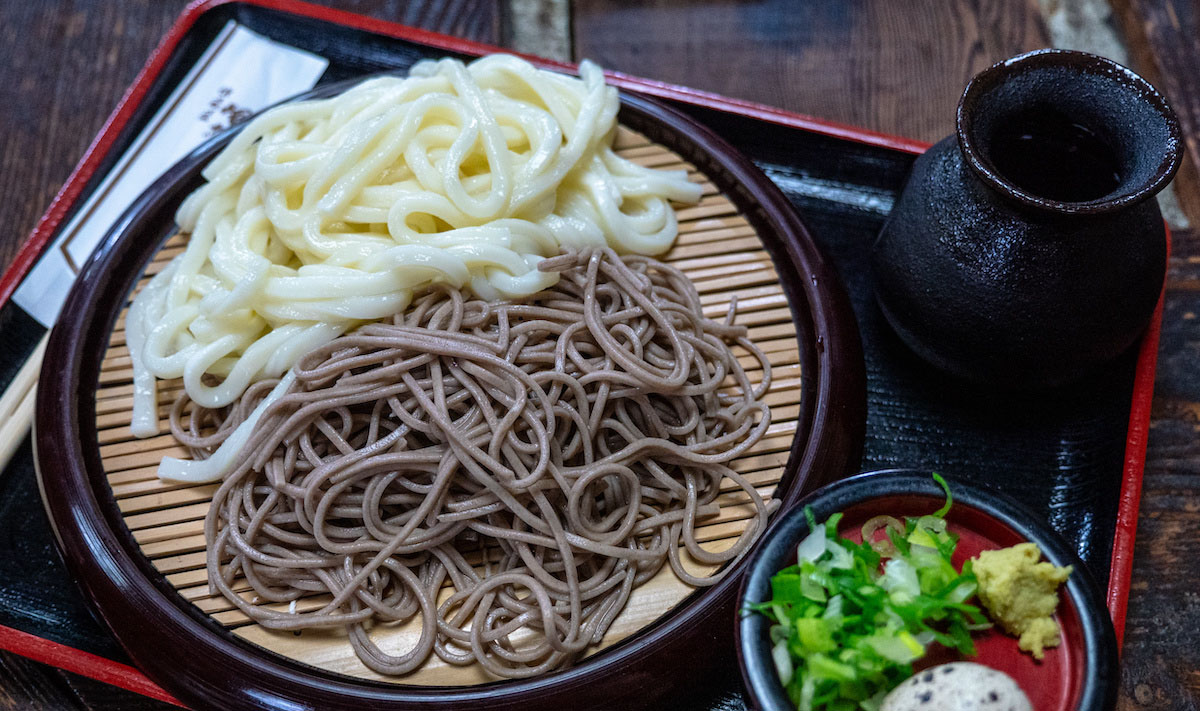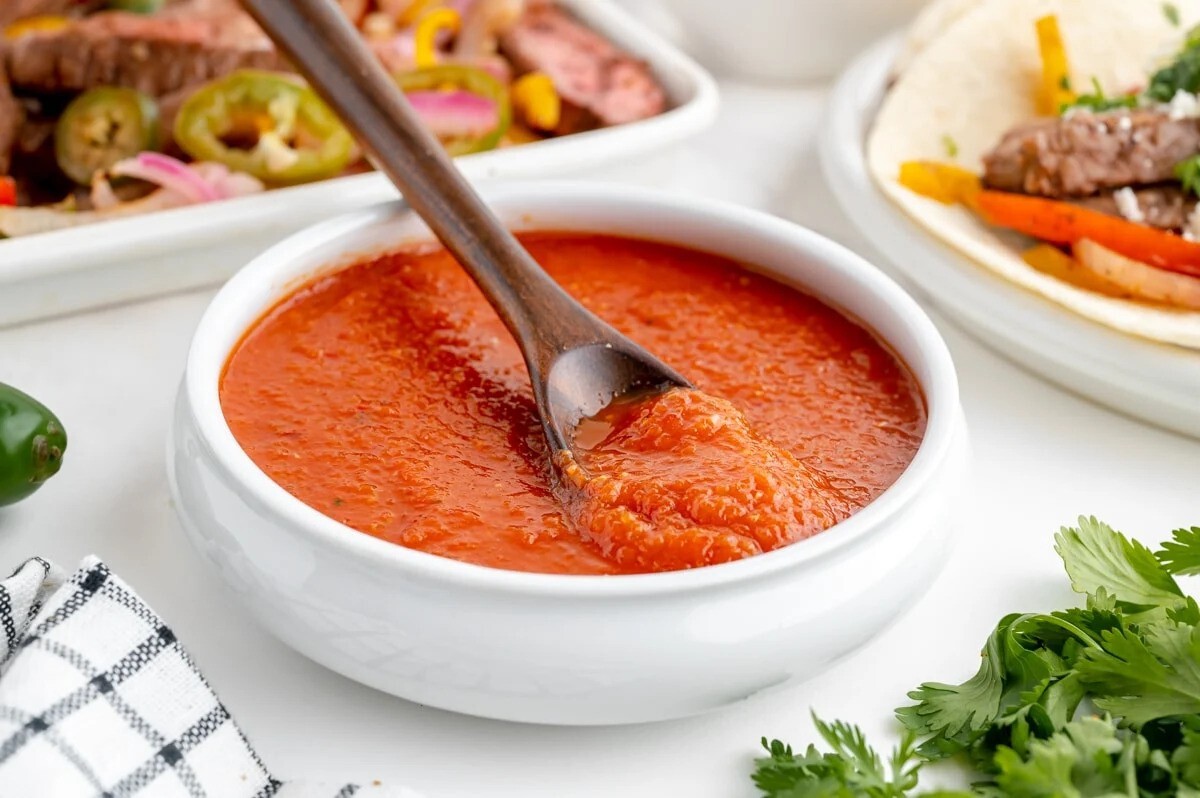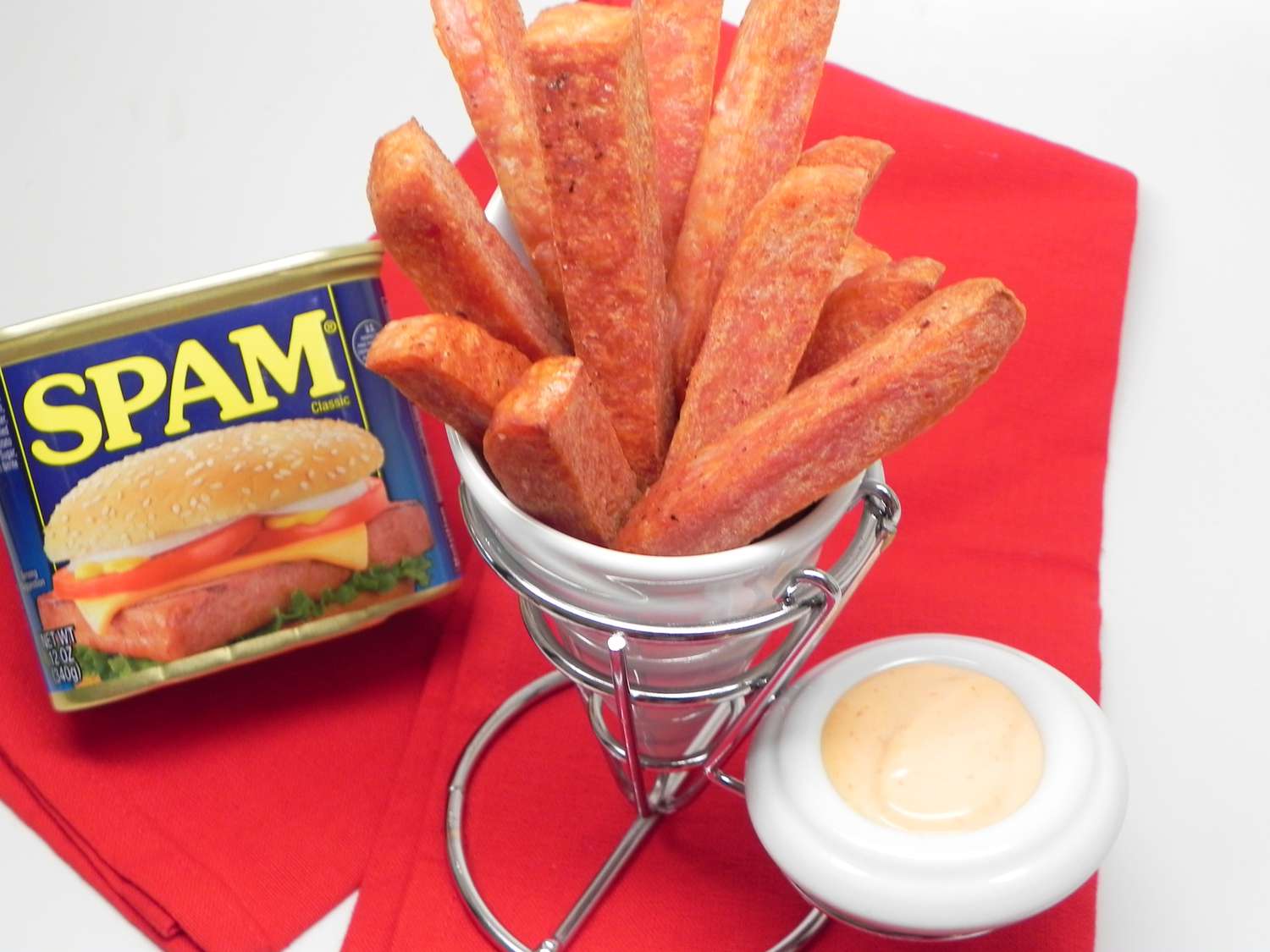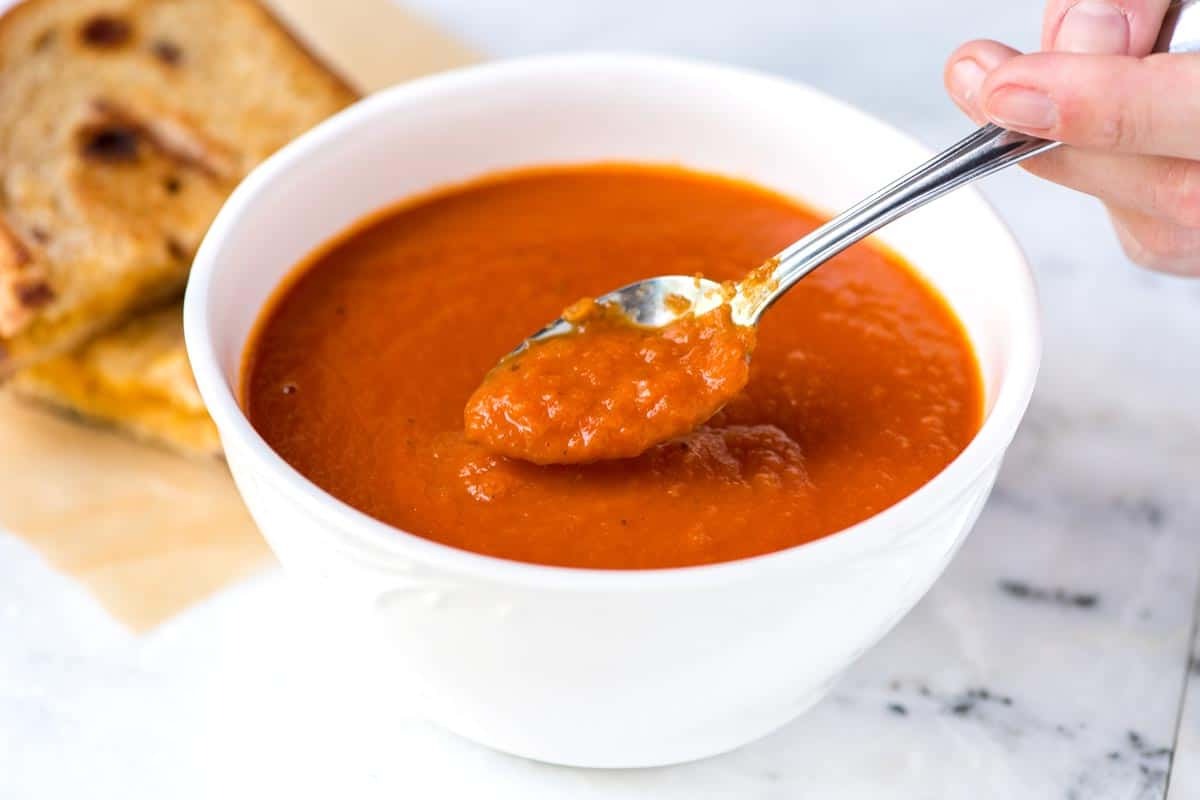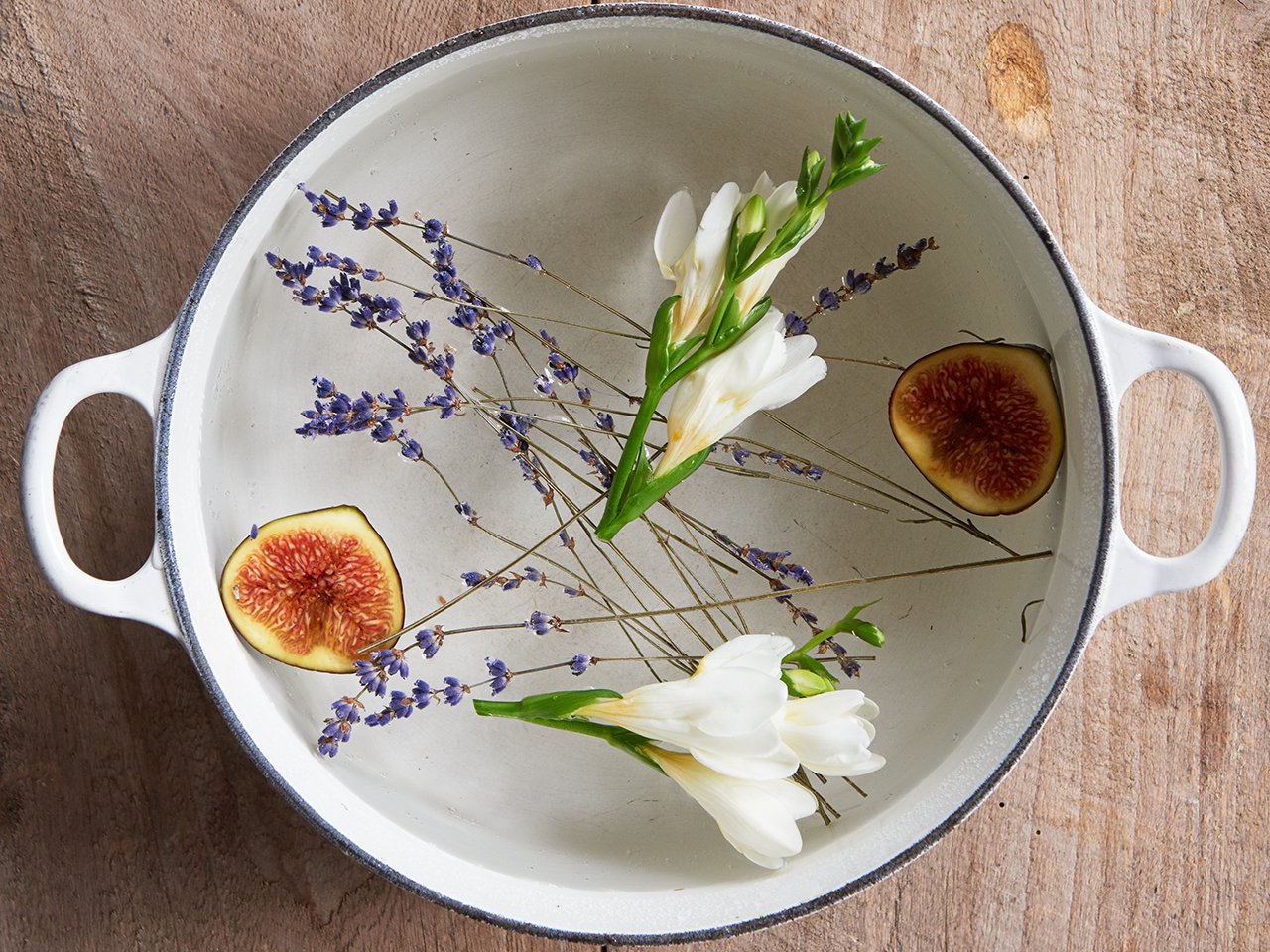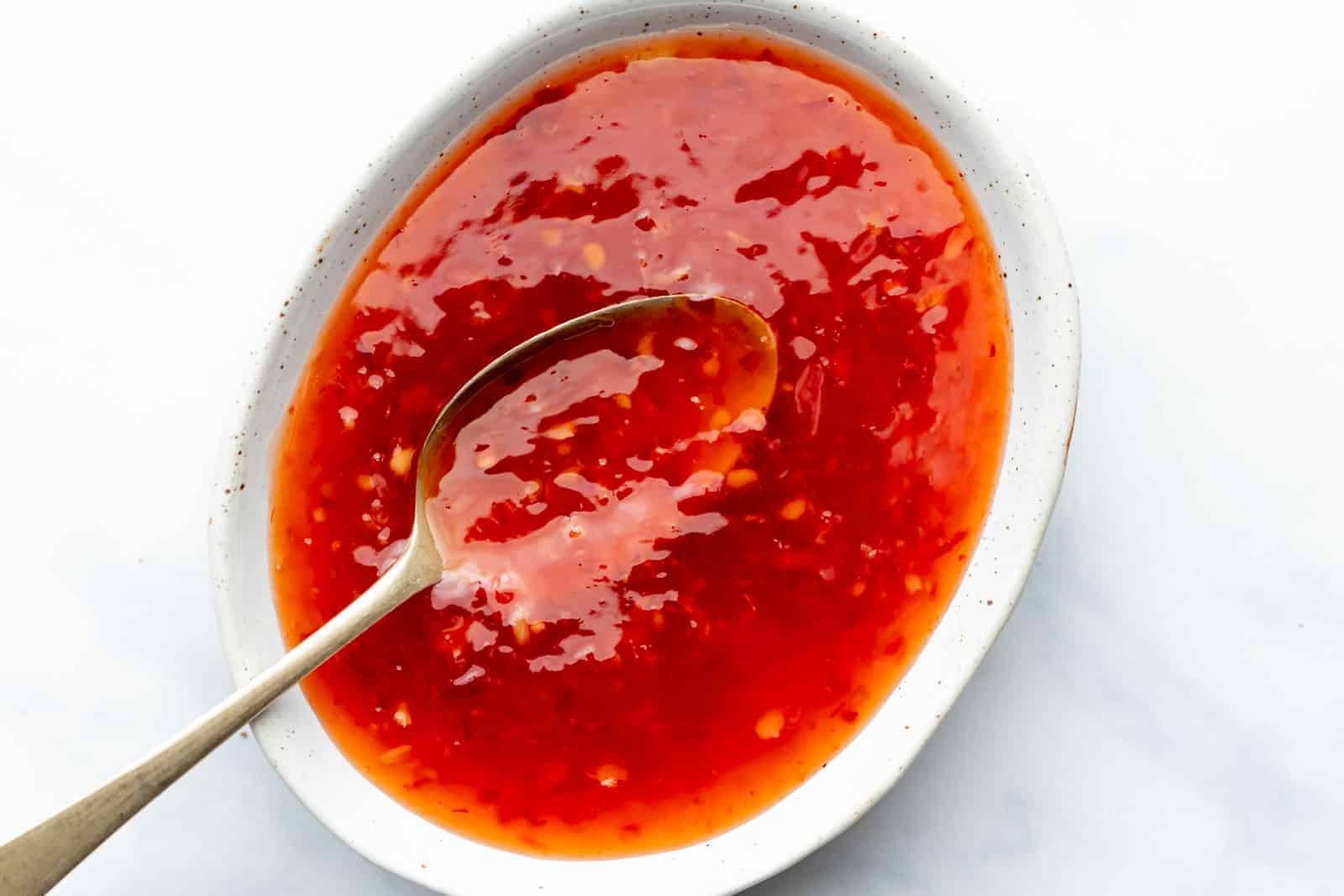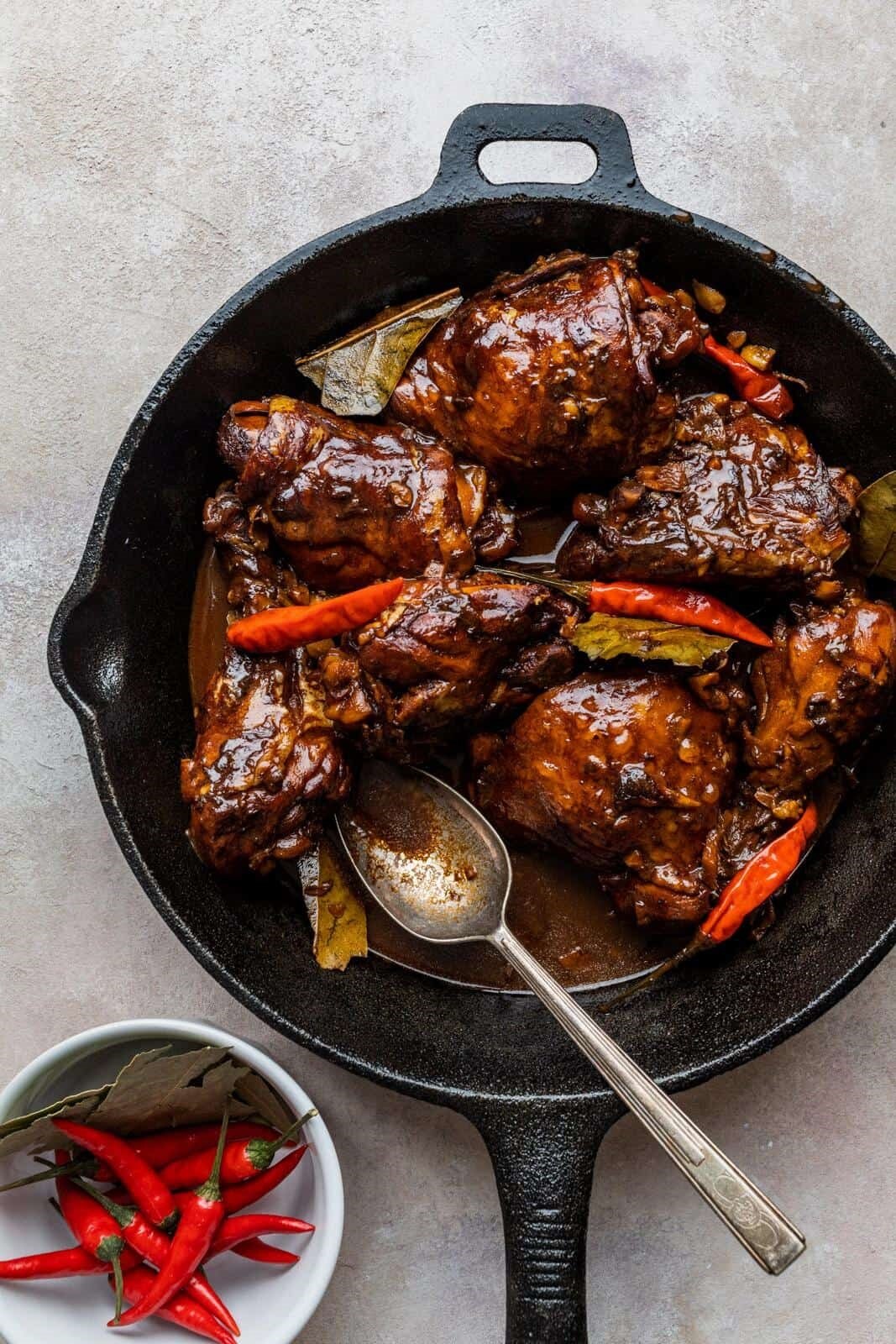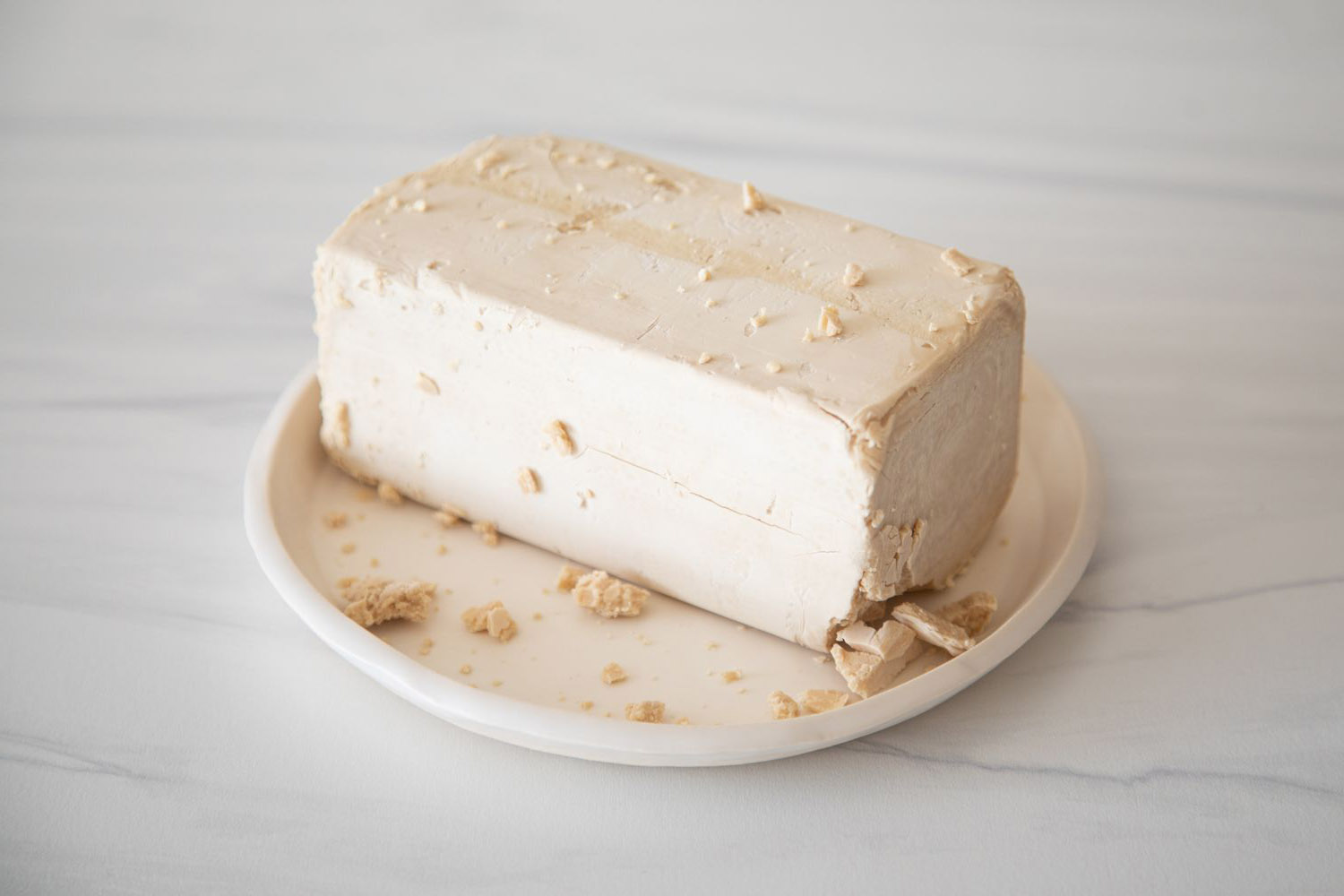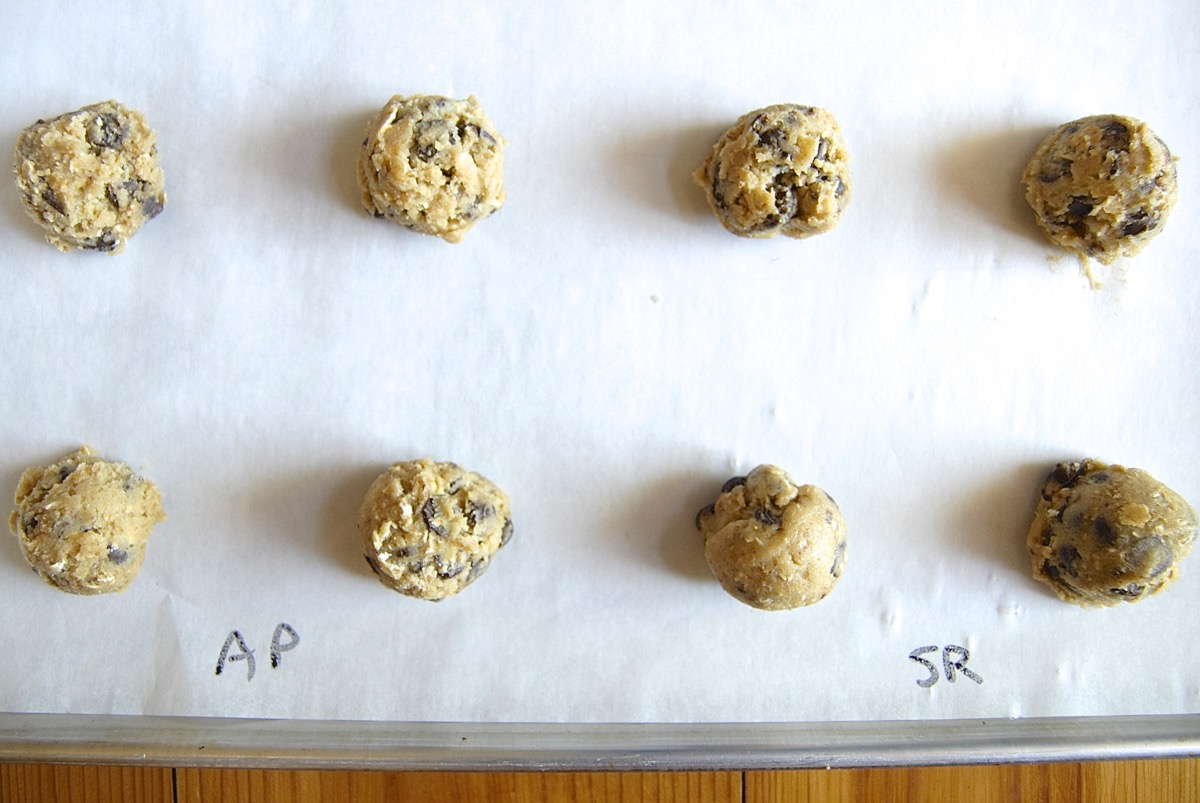Discovering the Delightful World of Rotini Pasta
When it comes to pasta, there are countless varieties to choose from, each with its own unique shape and texture. One such variety that has gained popularity for its versatility and delicious taste is rotini pasta. This corkscrew-shaped pasta is not only visually appealing but also holds sauces and flavors exceptionally well, making it a favorite in many households and restaurants.
The Origin of Rotini Pasta
Rotini pasta, also known as fusilli, originated in Southern Italy, where it was traditionally made by rolling small squares of pasta dough around thin rods to create its distinctive spiral shape. This method of production gives rotini its characteristic texture, making it an ideal choice for holding both creamy and chunky sauces.
Why Choose Rotini Pasta?
There are several reasons why rotini pasta has become a popular choice for pasta lovers:
- Versatility: The unique shape of rotini pasta allows it to pair well with a wide variety of sauces, from simple marinara to rich and creamy Alfredo.
- Texture: The corkscrew shape and ridges of rotini pasta help it hold onto sauces, ensuring that each bite is packed with flavor.
- Visual Appeal: The spiral shape of rotini pasta adds an interesting visual element to dishes, making them more appealing and appetizing.
- Culinary Creativity: Rotini pasta’s shape makes it a great choice for creative pasta salads and baked dishes, as it holds its form and texture even after cooking.
How to Cook Rotini Pasta
Cooking rotini pasta is a simple and straightforward process that can be easily mastered by home cooks of all skill levels. Here’s a basic guide to cooking perfect rotini pasta:
- Bring a large pot of salted water to a rolling boil.
- Add the rotini pasta to the boiling water and stir gently to prevent sticking.
- Cook the pasta for 7-9 minutes, or according to the package instructions, until it is al dente.
- Once cooked, drain the pasta in a colander and rinse it briefly with cold water to stop the cooking process.
- Use the cooked rotini pasta in your favorite recipes or toss it with a delicious sauce for a quick and satisfying meal.
Popular Recipes Featuring Rotini Pasta
Rotini pasta’s versatility makes it a great choice for a wide range of recipes. Here are some popular dishes that feature rotini pasta as the star ingredient:
- Rotini Primavera: A colorful and vibrant pasta dish featuring rotini pasta, fresh vegetables, and a light, herb-infused sauce.
- Creamy Rotini Carbonara: A decadent and creamy pasta dish made with rotini pasta, crispy bacon, Parmesan cheese, and a rich egg-based sauce.
- Greek Rotini Salad: A refreshing and flavorful salad featuring rotini pasta, cucumbers, tomatoes, feta cheese, and a zesty vinaigrette dressing.
- Baked Rotini Casserole: A comforting and hearty casserole dish made with rotini pasta, ground meat, tomato sauce, and plenty of melted cheese.
In Conclusion
Rotini pasta is a versatile and delicious option for pasta lovers looking to add a twist to their meals. Whether you’re cooking up a quick weeknight dinner or preparing a special dish for a gathering, rotini pasta’s unique shape and texture make it a standout choice for a wide range of culinary creations. So, the next time you’re in the mood for pasta, consider reaching for a box of rotini and let your culinary creativity take flight!
Was this page helpful?
Read Next: What Is Sopita?
